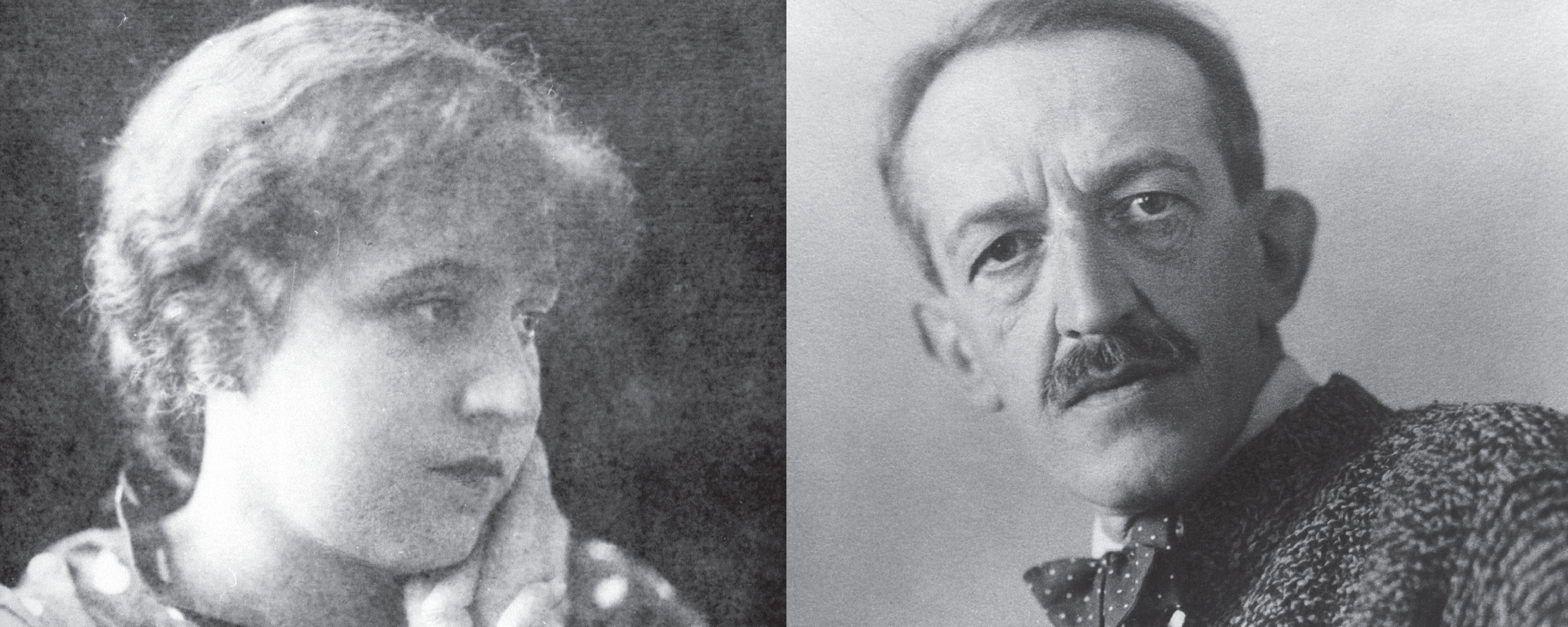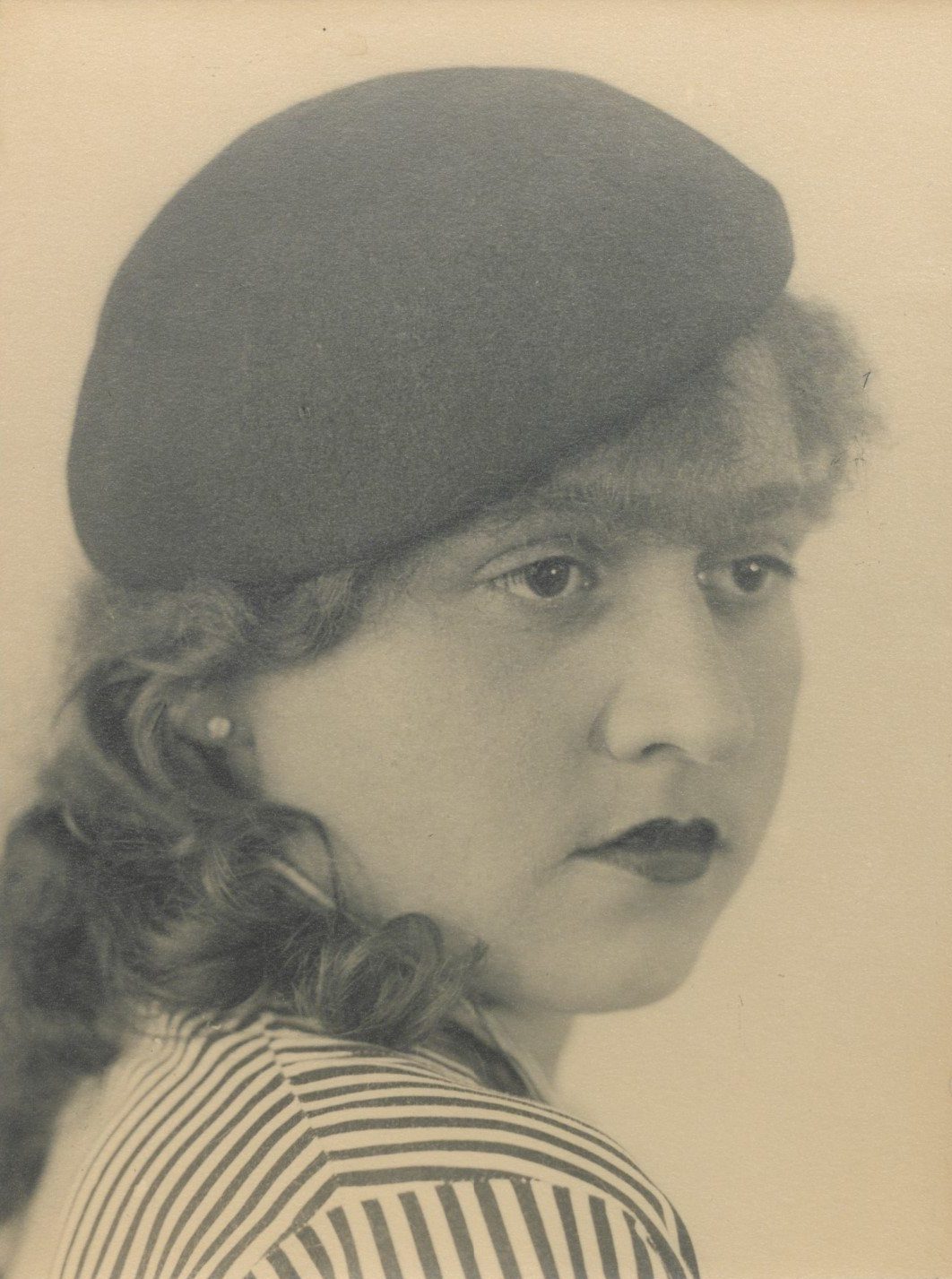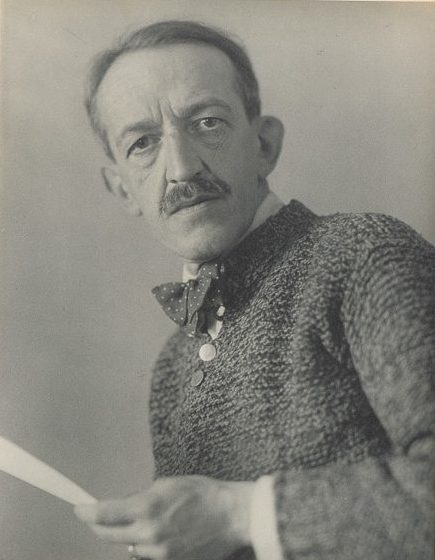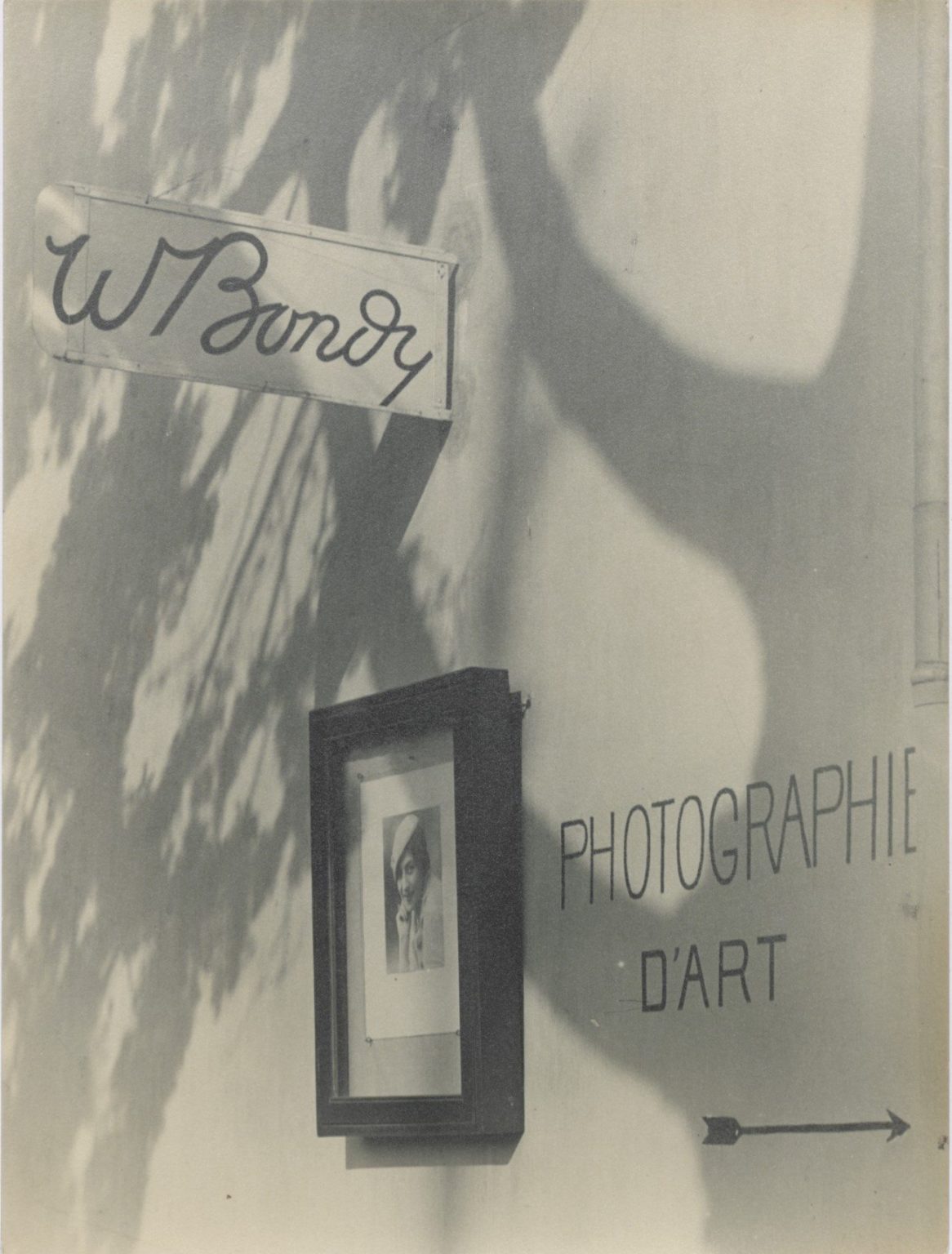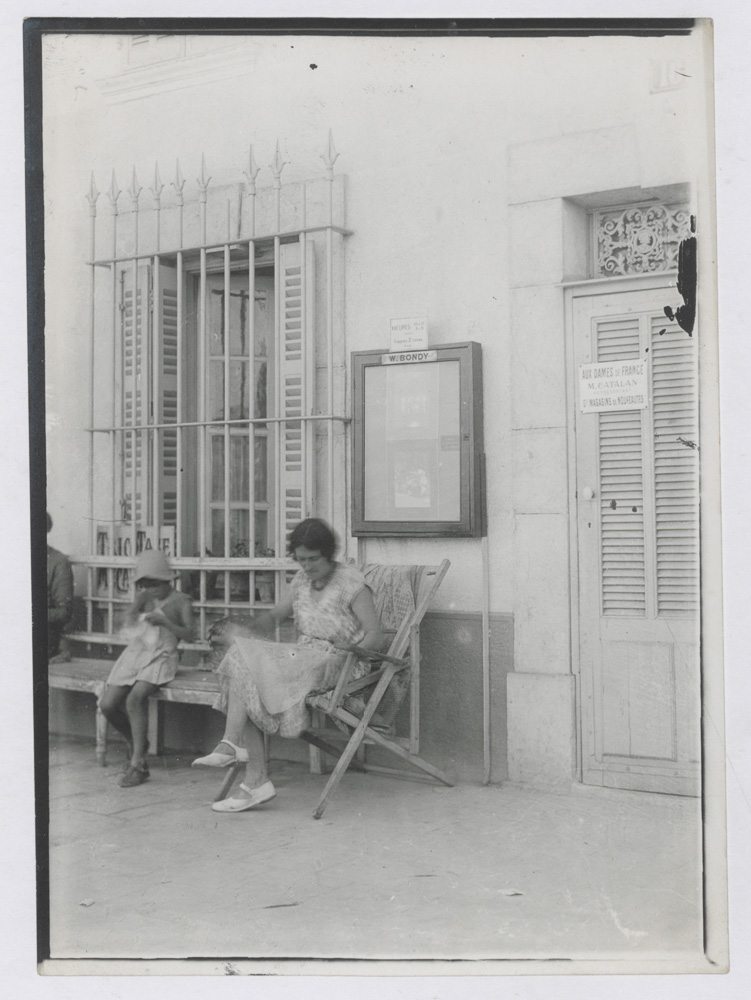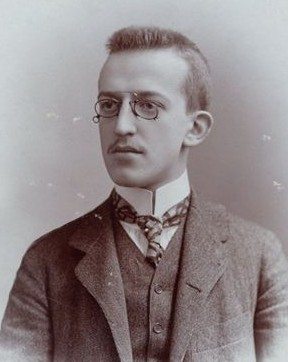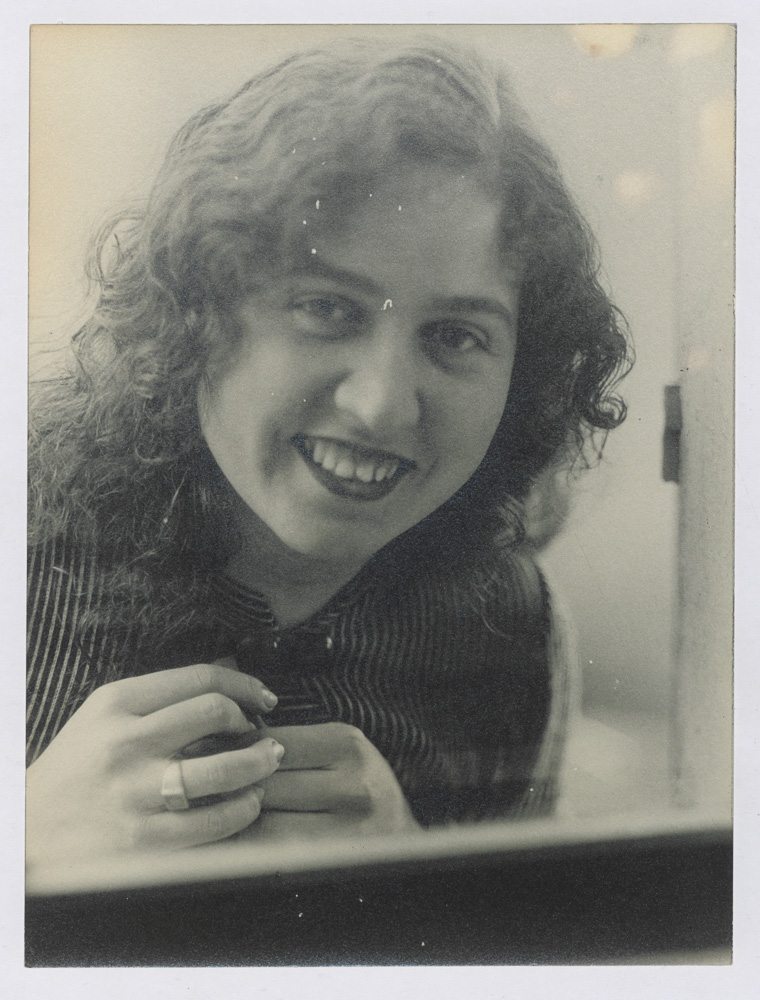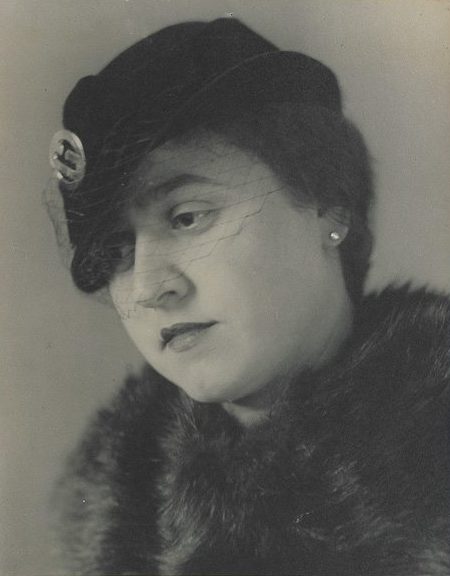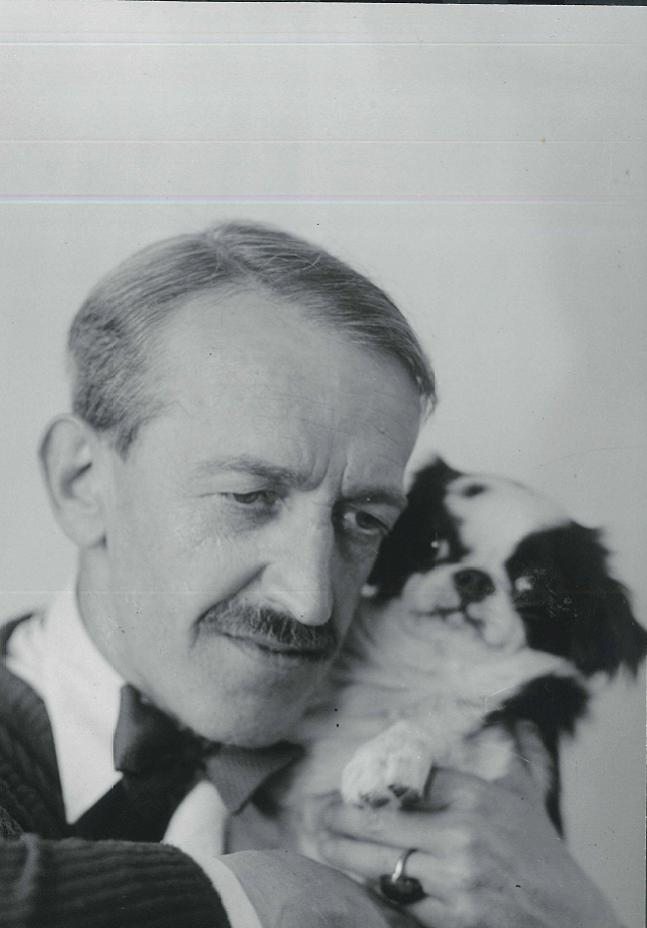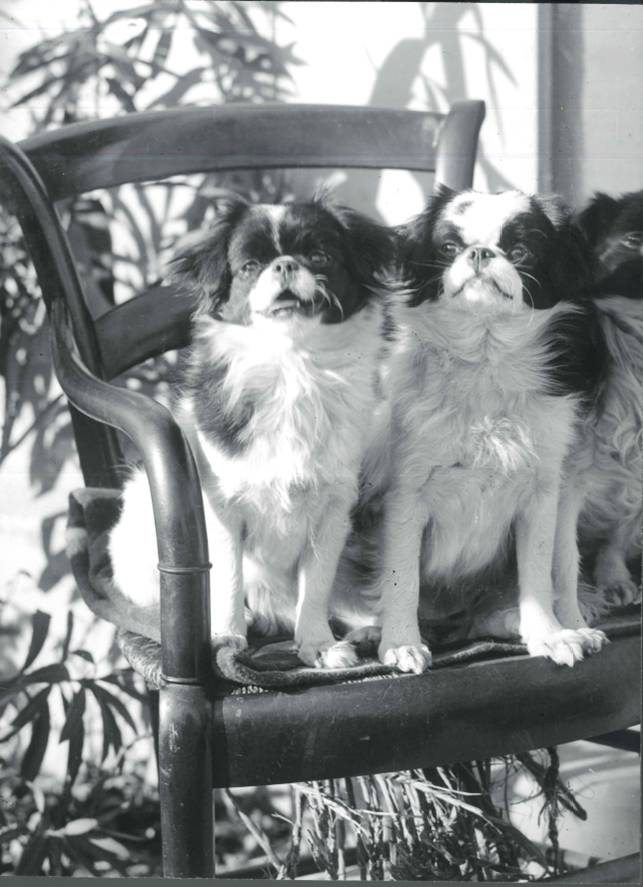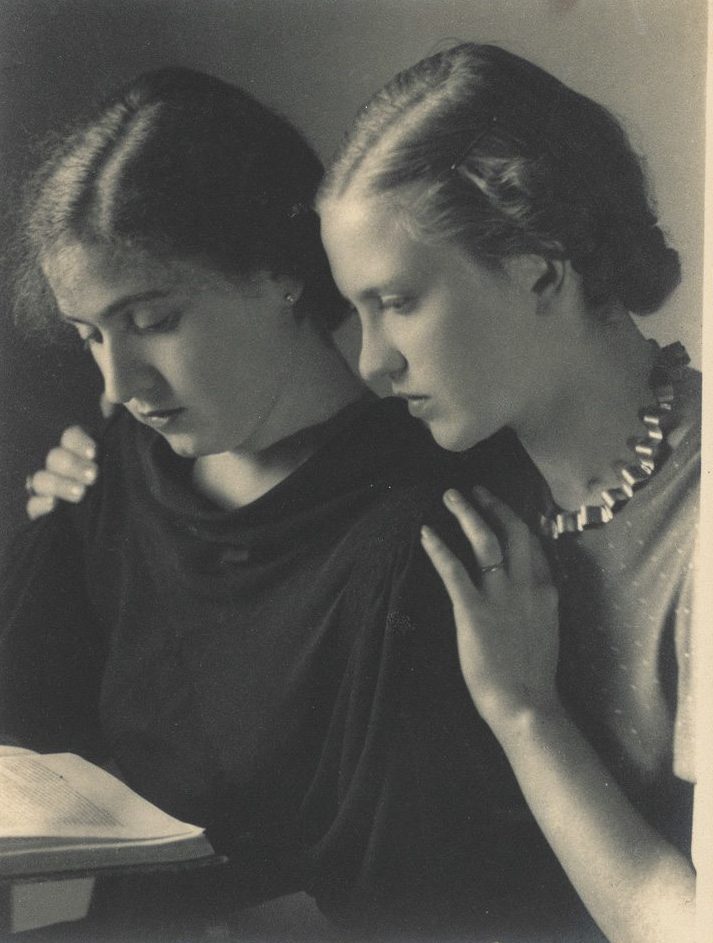Camille (1910-2009) &
Walter Bondy (1880-1940)
Born in Prague into a non-practicing Jewish family, this painter, draughtsman and photographer was one of the first foreign intellectuals to settle in Sanary, where in 1932 he met Camille Bertron, 30 years his junior. Their love and artistic vocation united them, and in 1937 they married and opened a photography studio, first in Sanary and then in Toulon.
Political developments significantly reduced their activity, and in 1939, Walter was threatened with internment in a camp. Although his diabetes made him a non-transferable foreigner, his illness and the German occupation of Paris took their toll on his will to live. He died on September 17, 1940. Camille continued her work. She died in 2009 in Toulon.
With the rise of Nazism in Germany, Walter Bondy left Berlin in the autumn of 1932 in his American Ford with two suitcases and his little dog Geisha. He first stayed in Ascona, but decided to go to Ibiza or Majorca, due to the cost of living in Switzerland. On the way, he stops at the home of his old friend from the Café du Dôme in Montparnasse, the art historian Julius Meier-Graefe, in Saint Cyr.
Marcuse suggested he move to the charming village of Sanary, which Bondy knew well from his many stays there. He rented the villa La Côte, which was later occupied by Ludwig Marcuse when Walter Bondy moved to the port. Here, he often joined his friends Erich Klossowski and Julius Meier-Graefe on the terrace of the Café de Lyon for chess games and political discussions.
It was here that he met Camille Bertron from Nîmes, whose family regularly spent the summer in Sanary. Madame Bertron invited Walter to her home to give her his opinion on the paintings created by her daughter Camille. This is how the future couple got to know each other and eventually fell in love. It was for Walter’s sake that Camille, now of age, left her family, and it was for Camille’s sake that Walter stayed in Sanary and opened a photography studio on the Quai Marie Esmenard to support their daily lives. Originally a portrait painter, Walter Bondy became a portrait photographer. He uses his own technique to illuminate his model’s face, a method that arouses the curiosity of Bandol-based Louis Lumière. When Walter photographed exiles, he made them stand out. But he doesn’t just photograph exiled artists; under his lens, a number of Sanary families, including the children of the Cavet family, have their portraits taken.
From 1936/1937, public opinion in Sanary changed. All German speakers were suspected of being spies. Faced with this climate of mistrust, Walter and Camille prefer to move to Toulon, avenue Colbert. Their clientele now included the city’s leading figures. But in 1938, Walter’s work permit was withdrawn, and in 1939, with the outbreak of the Second World War, he was threatened with being sent to an internment camp. Walter was severely diabetic, dependent on insulin injections, and sending him to the camp would be fatal. Camille went to the Toulon commandant, whose portrait Walter had painted a short time before, to ask him to grant her the status of “non-transportable foreigner”. But Walter no longer had the strength to live, and when he learned of the Nazi invasion of Paris, he stopped his insulin injections and died on September 17, 1940.
After her husband’s death, Camille continued to paint and photograph. She managed to preserve Walter’s works, and it was the city of Toulon, where she lived until her death in 2009, that acquired part of his collection. During her lifetime, she worked with the municipal library to identify portraits of artists painted during Walter Bondy’s lifetime.
TO FIND OUT MORE
The Jacques Duhamel multimedia library in Sanary-sur-Mer has a collection of books on the theme of the memory of exile in Sanary.

